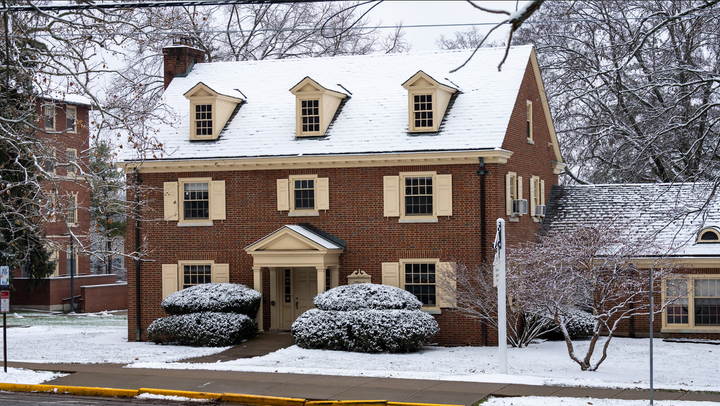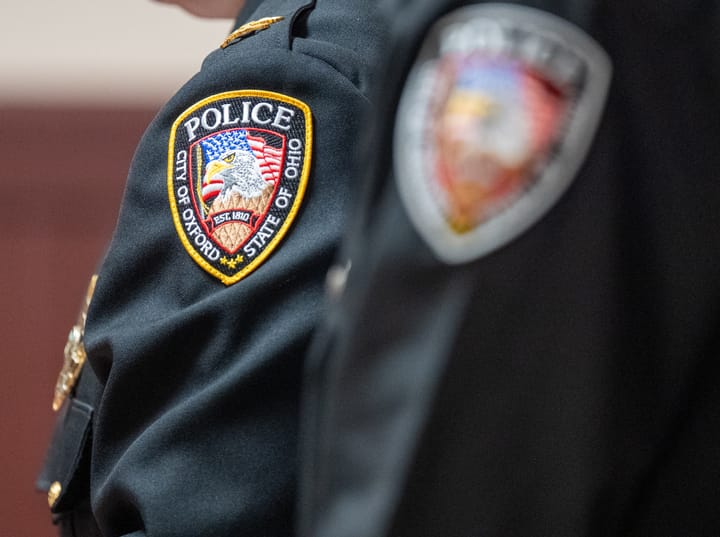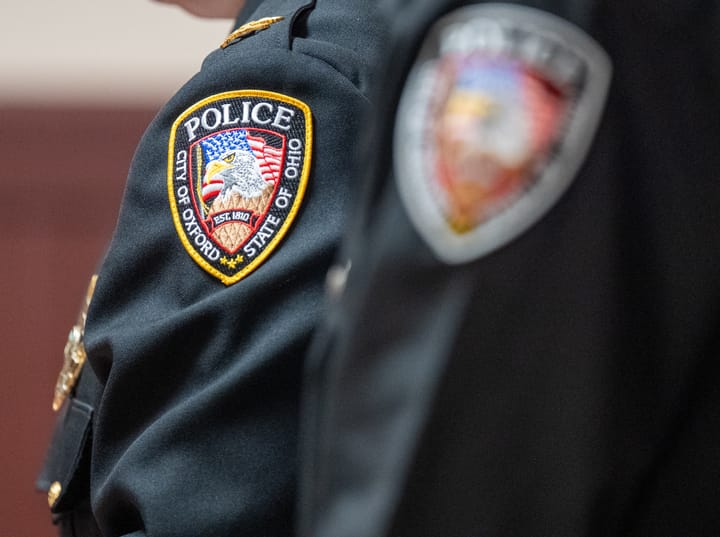Ohio public radio faces an uncertain future as Congress cuts funding
Ohio is set to lose $13.3 million in funding for public radio.
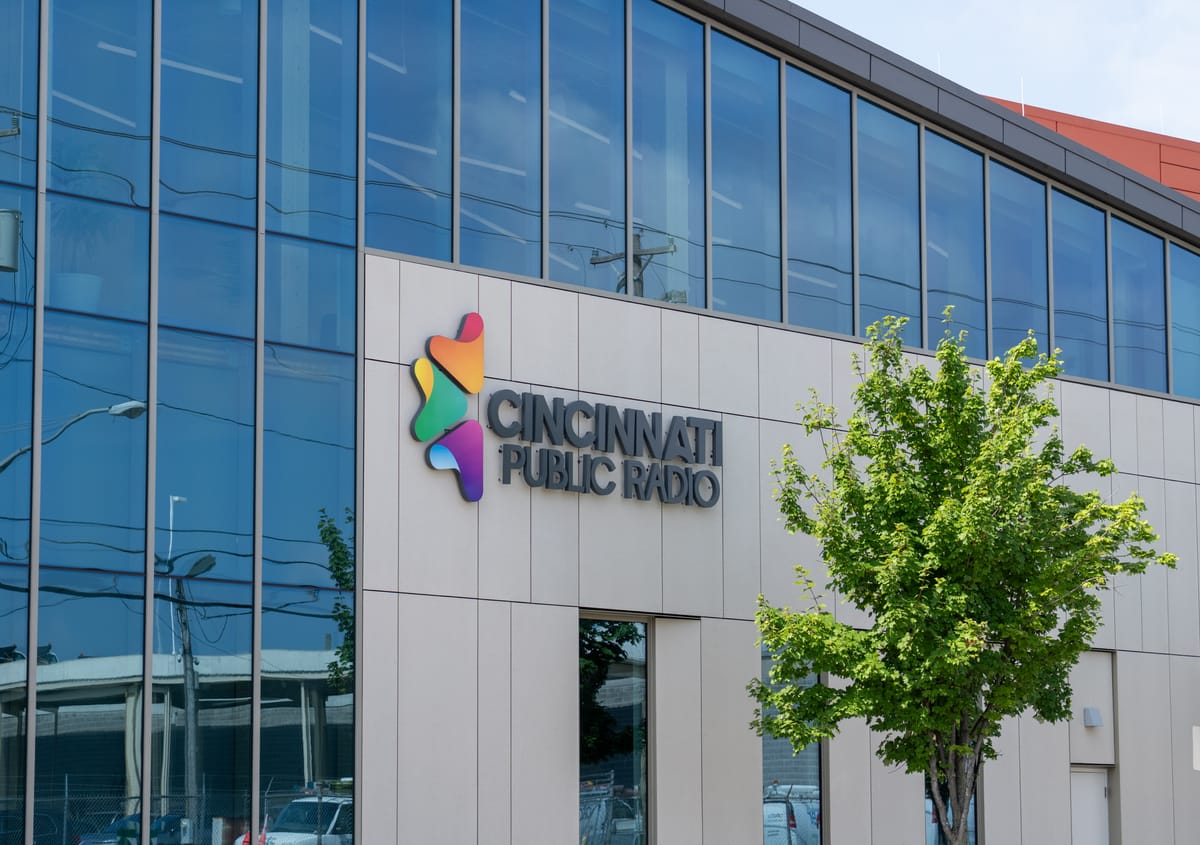
On July 18, The House of Representatives gave final approval to the Rescissions Act of 2025, slashing $1.1 billion from the Corporation for Public Broadcasting (CPB) – a decision that could reshape the future of public media across Ohio.
The bill will cut all federal funding for the National Public Radio (NPR), the Public Broadcasting Service (PBS) and member stations.
The state of Ohio is expected to see a $13.3 million cut in annual funding, which is anticipated to go into effect at the start of the federal government’s fiscal year – Oct. 1. The cuts will largely be seen in the smaller, local member stations across the state.
Cincinnati Public Radio prepares for budget challenges
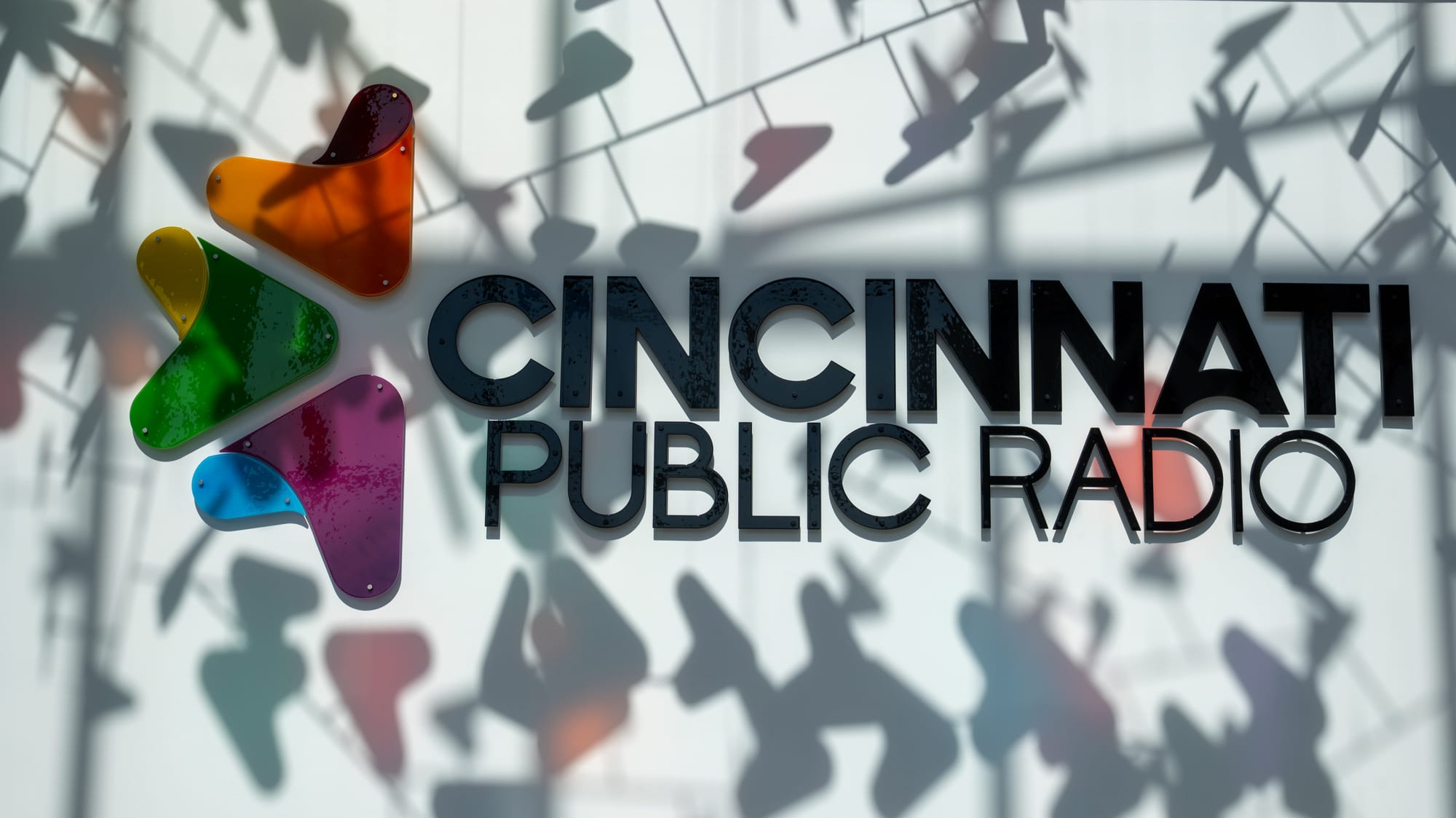
Richard Eiswerth, President, GM and CEO at Cincinnati Public Radio (CPR), spoke to the Free Press about the initial challenges that these cuts present.
“While we will have to tighten the belt dramatically, it won’t be drastically,” Eiswerth said.
CPR will now turn its attention to examining its budget and making the necessary adjustments and, as Eiswerth said, follow two core priorities: maintaining CPR’s current news and music programming and avoiding layoffs “except as a dramatic, drastic last resort.”
Before the cuts, CPR had included the expected and appropriated CPB funding. Eiswerth said CPR has had a long history of managing expenses, even during difficult times, as well as estimating future income.
Eiswerth discussed the importance of having local news in smaller areas across the state that currently are without it.
“Public radio in Ohio has made a major step to forestall or preempt the appearance of news deserts that would otherwise occur in Ohio,” Eiswerth said.
This major step was the creation of The Ohio Newsroom in 2022.
The Ohio Newsroom’s role in combating news deserts
Started through a grant from CPB alongside financial investments from public radio stations in Cincinnati, Cleveland, Columbus and Yellow Springs, the organization aims to bring local news coverage to areas that lack it. The Ohio Newsroom succeeds in doing this by making use of a group of reporters who cover news in areas that lack local newspapers or broadcast stations.
Eiswerth said that in recent years, The Ohio Newsroom generated stories in around three-quarters of the counties in Ohio.
“It’s not insignificant that in the state of Ohio, over the last 10 years, 200 newspapers have gone belly-up,” Eiswerth said. “In many instances – in most instances – these newspapers provided the only local news reporting. Their demise left a lot of people in news deserts.”
Eiswerth believes the media across Ohio would be in a much worse position without The Ohio Newsroom.
“There’s a lot of news, there’s a lot of people who live in small villages, communities and rural areas across the state of Ohio,” Eiswerth said. “Their voices are just as important as the people who live in Cleveland, Cincinnati and Columbus.”
Community Voices at WYSO
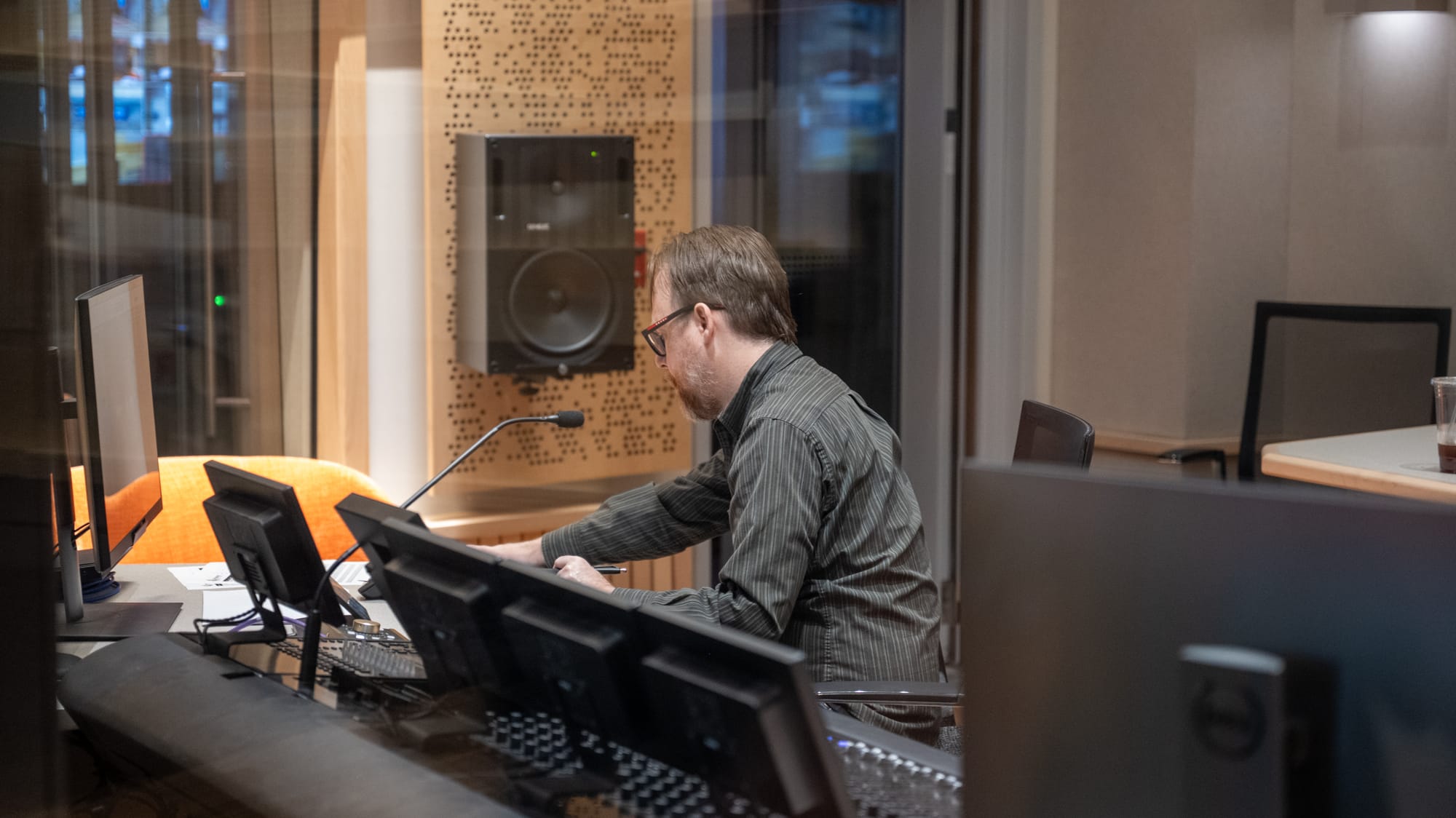
“We can fundraise our way out of this, rather than cut our way out of this,” said Luke Dennis, the general manager of WYSO, which is the NPR affiliate in greater Dayton.
Dennis believes that fundraising and community-based efforts are essential to get funding.
Eight percent of WYSO’s federal funding through the CPB, about $300,000, is scheduled to be cut on Oct. 1, with another $300,000 on path to be cut in 2027.
According to Dennis, WYSO tends to host two large fundraising events per year. Due to the budget cuts, they quickly put one together on July 22. By 1 p.m., WYSO raised over $60,000.
“People are hearing the message,” Dennis said. “They understand the urgency.”
WYSO is holding more events in the future, with the hope of raising the funds necessary to cancel out the budget cuts.
Neenah Ellis, current freelancer and the former executive director of The Eichelberger Center for Community Voices at WYSO Public Radio in Yellow Springs, Ohio, spoke about the importance of public radio as a public voice.
“Public radio has a much broader mandate; it has a much more, in my opinion, inclusive attitude,” Ellis said.
Ellis started work in public radio in the 1970s. Her career took a variety of paths, from working on documentaries to being a staff producer for “All Things Considered” at NPR. Her career has led to WYSO, where she believes the voices of the Yellow Springs community are well represented.
“It’s always real,” Ellis said. “We just want to keep it close to the ground and real.”
Ellis believes that local public radio shouldn’t simply have local news and music, but should reflect the voices of the community.
The Eichelberger Center for Community Voices is a department within WYSO that highlights all three of these aspects. The center is home to a variety of different voices, from shows such as “Haitians in the Heartland,” a series dedicated to telling stories of resilience, cultural identity and adaptation among Haitian communities in Springfield, Ohio, to “Veterans’ Voices,” a series featuring Miami Valley military veterans who share their stories.
“We are actually giving people the microphone and letting them tell their stories,” Ellis said.


